Last week I had the chance to visit Hyundai’s North America headquarters as one of a gaggle of automotive press trying out the 2016 Hyundai Sonata Hybrid and 2016 Sonata Plug-in Hybrid cars. This is an important step for Hyundai, because until now they’d been touting their Tuscon Fuel Cell vehicle, and this fall a very good plug-in electric car will be sold under the Hyundai brand. For this driving impression review, I’ll focus most on the Plug-in Hybrid – but let me say up front, they’re both excellent cars.
I came to this a little disappointed that it’s a plug-in hybrid with only 20ish miles electric range. While that’s true (Hyundai expects the EPA range rating will be 24 miles), these cars offer good performance in a popular package that’s executed very well and a price that should be competitive.
The interior of both cars are very comfortable with all the modern comforts you’d want. For example, I found my head brushing the roof of the passenger compartment which I found disconcerting (what if we hit a bump, will I smash my head?). After some experimentation I found the seat controls actuated electric controls for adjusting seat position, one of which raised or lowered the seat. After adjusting the seat for a lower position, my head wasn’t brushing the roof and no more worry.
There are two computerized information displays – one in the middle of the normal dashboard, while the other is the navigation and infotainment system in the center of the console. Both are very nice and informative, with the infotainment system being eerily familiar yet strange at the same time because I own a 2015 Kia Soul EV. Kia and Hyundai share lots of engineering resources, and it’s obvious both systems came from the same base technology and shared lots of similarities, but there were differences in the details.
The dashboard display is controlled by buttons on the steering wheel. It’s easy to flip through those screens while driving. While most of them displayed information like energy consumption or expected range, the cruise control settings are one of these screens.
There’s enough buttons and information displays to satisfy any inner nerd who wants to geek out on what their car is doing. But be careful to not be too distracted by this. You are operating a full size car, and can really harm someone if you’re too busy fiddling with knobs to notice them crossing the street.
Our review car had all the bells and whistles, including the advanced drivers assist features.
For example, on the highway I activated the turn signal as part of a lane changing maneuver which then triggered an unexpected alarm. The alarm was a distraction kind of like when a back seat driver is telling you how to drive. But we quickly realized this was a blind spot warning – that the car was informing me of a car in the lane I wished to enter. This system also lights up an indicator on the side mirrors, reserving the warning alarm for times you have the turn signal on.
Another alarm triggers if you’re closing in on a vehicle in front of you too quickly – because it’s time to slam on the brakes.
It was my first time experiencing this sort of driver assist feature, and while I initially found it to be a distraction I believe over time the driver will grow accustomed to the warnings. They might even be useful. Another driver assist feature has me concerned.
That is, the adaptive cruise control system. This is a fancier form of cruise control which, instead of working to maintain a given speed no matter what, uses a radar system to read the speed of the car in front. The adaptive cruise control works to maintain a given speed, and if the car in front is going slower than that speed it instead works to maintain a given following distance. You can configure the preferred following distance and the car will automatically track the speed of the leading car to maintain that distance.
While this is a big improvement for cruise control technology, I have to wonder if this improves our safety. We are already plagued with distracted drivers. I think that partial driving control, like this, will simply make that problem worse. Drivers will tend to pay even less attention while driving. For example, think of that apocryphal story of the fellow who’d just bought a new RV, got on the highway to take it home, set the cruise control, then went back to the galley to make a sandwich, only to wreck the RV thinking the cruise control would take care of everything.
The cargo space is one area where the Sonata Hybrid and Sonata Plug-in Hybrid differ. The Hybrid has a full size trunk, 13.3 cubic feet of trunk space. There is a foldable 60/40 rear seat that, if folded down, gives you an enormous cargo area. The Plug-in Hybrid instead has a fixed rear seat, only 9.9 cubic feed of space, and a battery pack intruding into the cargo area. With the hybrid the battery pack is entirely under the floor of the cargo area, in what would have been the spare wheel well. The wheel well wasn’t large enough for the PHEV’s larger battery pack and therefore some cargo space was sacrificed to battery pack capacity.
That’s the downside of converting a gasoline powered car to electrified drive – you sometimes end up with a suboptimal configuration.
For our driving experience we left Hyundai’s headquarters in Orange County (south of Los Angeles) and made our way down the coast to San Diego, returning in the afternoon. The route gave us a mix of city and highway driving, and experience with the navigation system.
The Sonata Hybrid drove like a gasoline powered car, with a few differences if you were to pay close attention. There is an EV light on the dashboard and it’s possible to play a game to see under what conditions that light stays lit. For example, starting from a dead stop the EV light goes off halfway through the intersection no matter how gently you take off. But, cruising at 40 miles/hr or more and the EV light can stay on until you hit the accelerator.
The Hybrid has ECO, Normal and Sport driving modes controlled by a button near the gear shift. They do what you expect, the Sport mode tuning acceleration to be peppier (by relying more on the gas engine) and ECO mode tuning things down for more efficient driving.
It’s the Sonata Plug-in Hybrid where there are some significant differences in driving. You can drive it like a gasoline powered car not thinking much about the capabilities of the electric drive, or you can learn to coax the most out of that system.
Instead of one drive mode button, the PHEV has two. The first selects between ECO and Normal mode (no Sport mode), while the other selects between Hybrid and EV modes. If you hold that button down, the car switches into a Charge mode where the gas engine is proactively used to recharge the battery pack. In Hybrid mode the car behaves like a hybrid car, switching the engine on and off as needed to sustain battery charge or to assist with heavy acceleration. In EV mode, the car tries to keep the engine turned off unless battery charge falls too low or you need assist with heavy acceleration.
The electric motor is pretty weak, providing 38 kiloWatts (51 horsepower) on the Hybrid model, and 50 kiloWatts (67 horsepower) on the PHEV. I was told by Hyundai engineers the two cars have the exact electric same motor, but that the PHEV runs it at a higher voltage and hence higher power. In any case neither have enough horsepower to deliver good performance in all conditions, meaning the car relies on the gas engine in many circumstances.
Which is a long way of saying that when you play the “see how long it stays in EV mode” with the PHEV, the answer depends on whether you need to accelerate hard or not. As soon as you need strong acceleration the gas engine kicks in. On the other hand it’s possible to coax the PHEV up to 80-85 miles/hr while staying in EV mode, even though Hyundai claims the gas engine kicks in at 75 miles/hr. But, please don’t tell Hyundai I told you this.
When the gas engine does kick in the process is very smooth. Much smoother in fact than when the 6-speed automatic transmission changes gears.
Something I missed in the PHEV is a mode for strong regenerative braking. EV drivers often like to drive with one pedal – press on the accelerator to speed up, then lift off to slow down, using regenerative braking rather than the mechanical brakes. On my Kia Soul EV the gear selector knob has a “B” position to enable strong regen. The Sonata PHEV doesn’t have that.
We’re at the part of the review structure where I need to wrap up by giving a recommendation.
These are both fine cars that behaved very well over a long test drive that presented plenty of driving scenarios. Whether to recommend these cars depends on individual scenarios.
From my perspective we need to stop using gasoline, period, as quickly as possible. That means neither of these cars are on my list as a potential purchase, because neither do a good job of helping someone divorce themselves from gasoline. That is, while the Sonata PHEV has a fairly significant 24ish mile electric range, that’s not enough to satisfy the average daily driving needs. The average person drives 40 miles or less on the average day. A Chevy Volt or BMW i3 REX with their longer electric driving range will handle far more trips purely on electricity than will the Sonata PHEV.
On the other hand, not everyone is as hardball as I am about divorcing ourselves from gasoline. Most people have other concerns like whether it fits their lifestyle, or whether the seating is enough for a family of kids, etc. Both the Sonata Hybrid and Sonata PHEV offer excellent features, and they both do a competent job of helping you reduce gasoline consumption. Just don’t expect as significant a reduction than you’d have with a PHEV with more electric range – like the Volt or BMW i3 REX.
In other words my recommendation is mixed – “it depends”.
- Is there enough Grid Capacity for Hydrogen Fuel Cell or Battery Electric cars? - April 23, 2023
- Is Tesla finagling to grab federal NEVI dollars for Supercharger network? - November 15, 2022
- Tesla announces the North American Charging Standard charging connector - November 11, 2022
- Lightning Motorcycles adopts Silicon battery, 5 minute charge time gives 135 miles range - November 9, 2022
- Tesla Autopilot under US Dept of Transportation scrutiny - June 13, 2022
- Spectacular CNG bus fire misrepresented as EV bus fire - April 21, 2022
- Moldova, Ukraine, Georgia, Russia, and the European Energy Crisis - December 21, 2021
- Li-Bridge leading the USA across lithium battery chasm - October 29, 2021
- USA increasing domestic lithium battery research and manufacturing - October 28, 2021
- Electrify America building USA/Canada-wide EV charging network - October 27, 2021




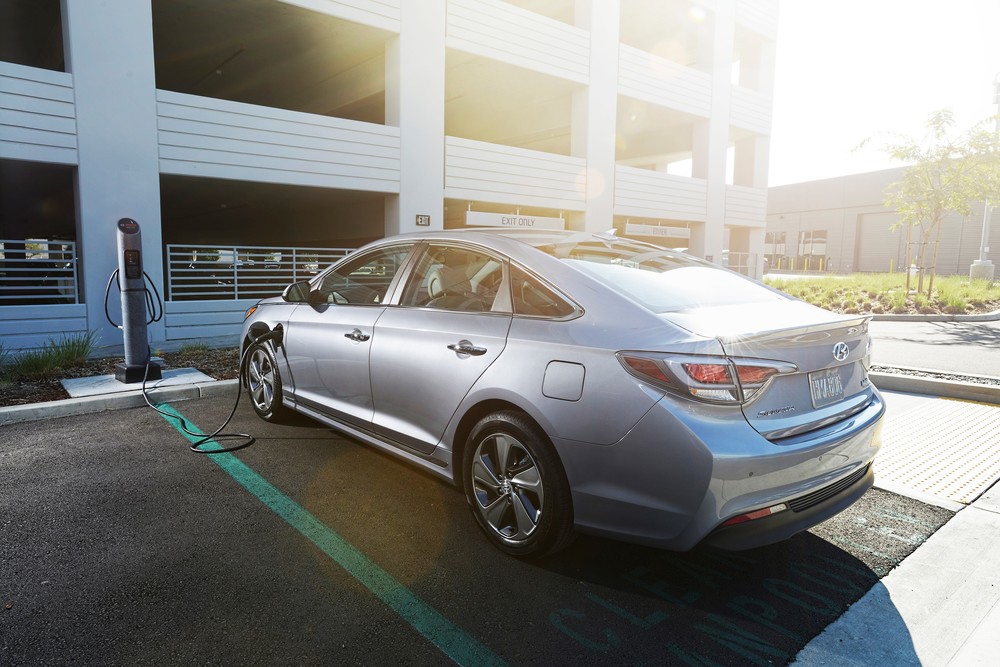

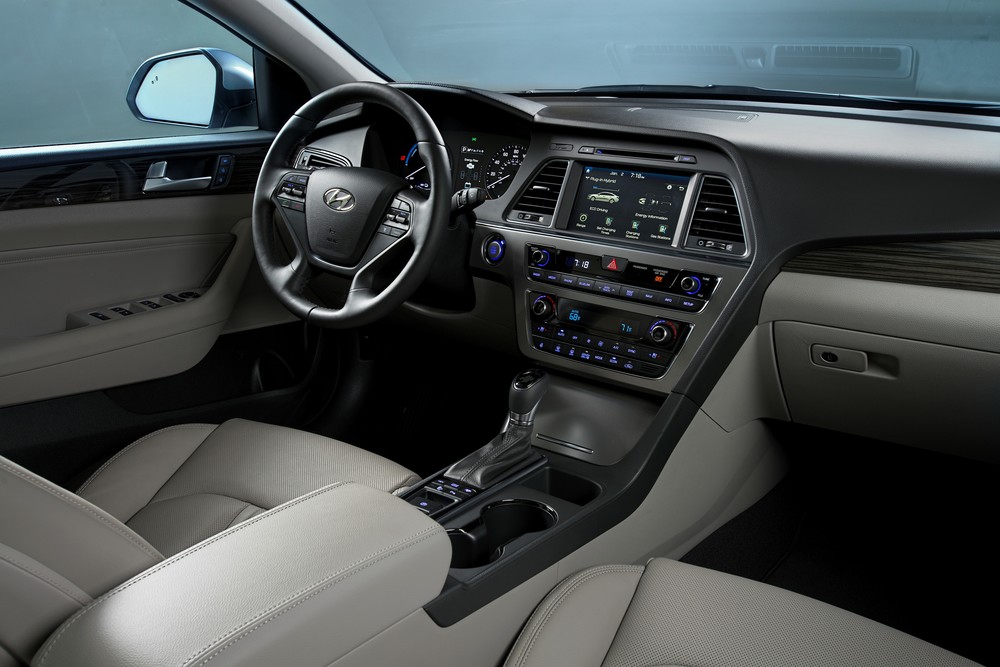
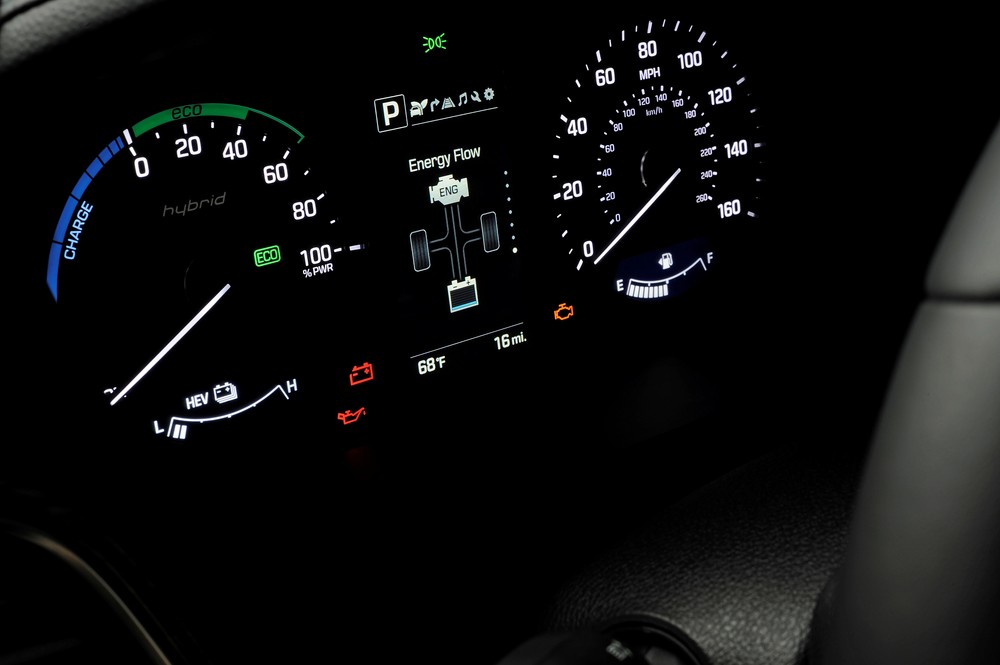
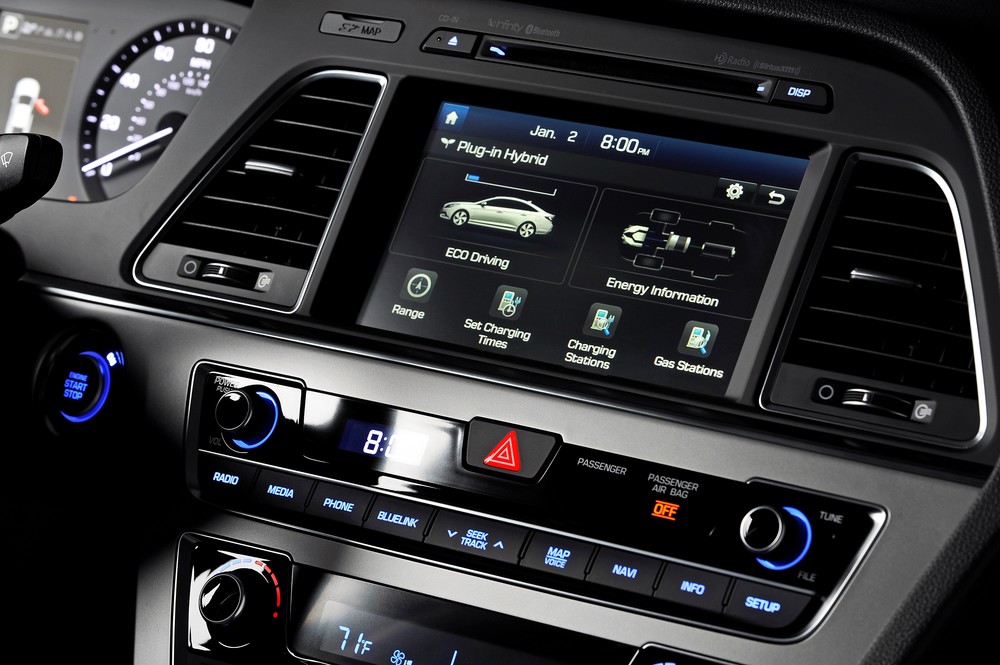



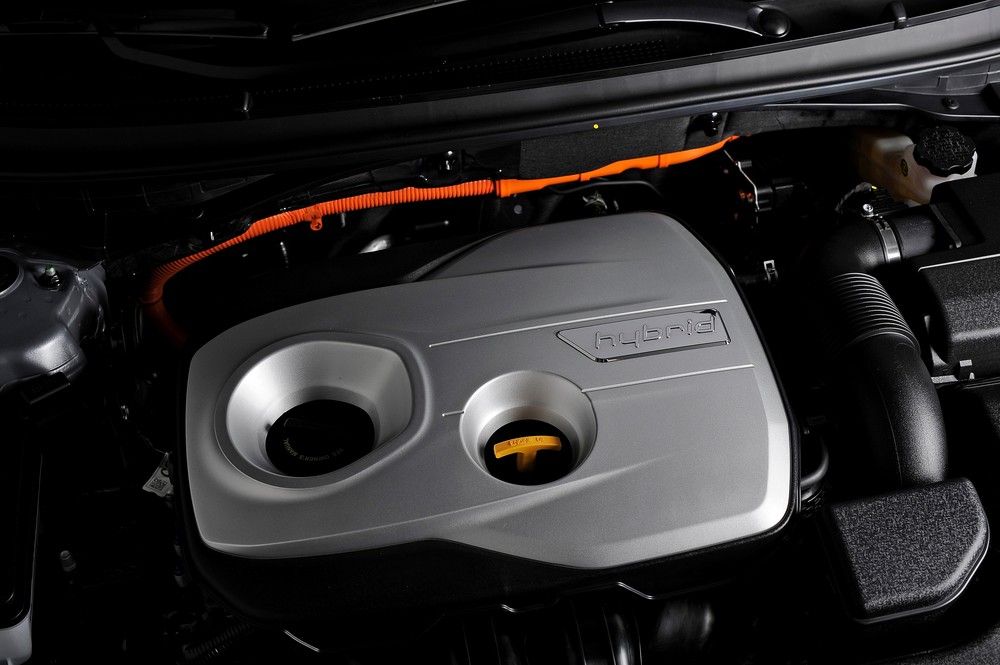












Pingback: GM to enter robotaxi autonomous car sharing business, eventually | The Long Tail Pipe
Pingback: Gov Brown tells protesters he’ll put them in the ground, that CA should rely on its own oil versus Venezuela’s | The Long Tail Pipe